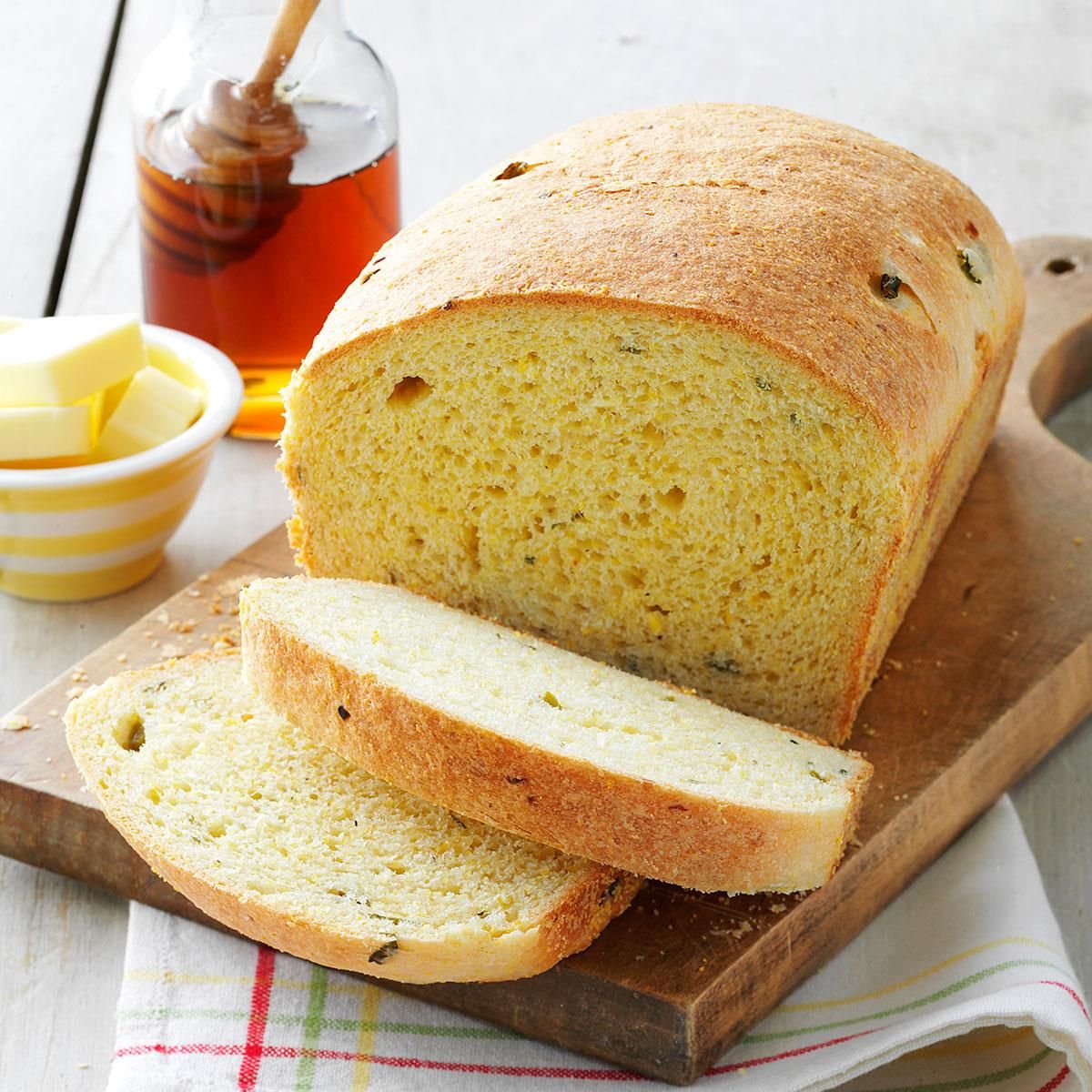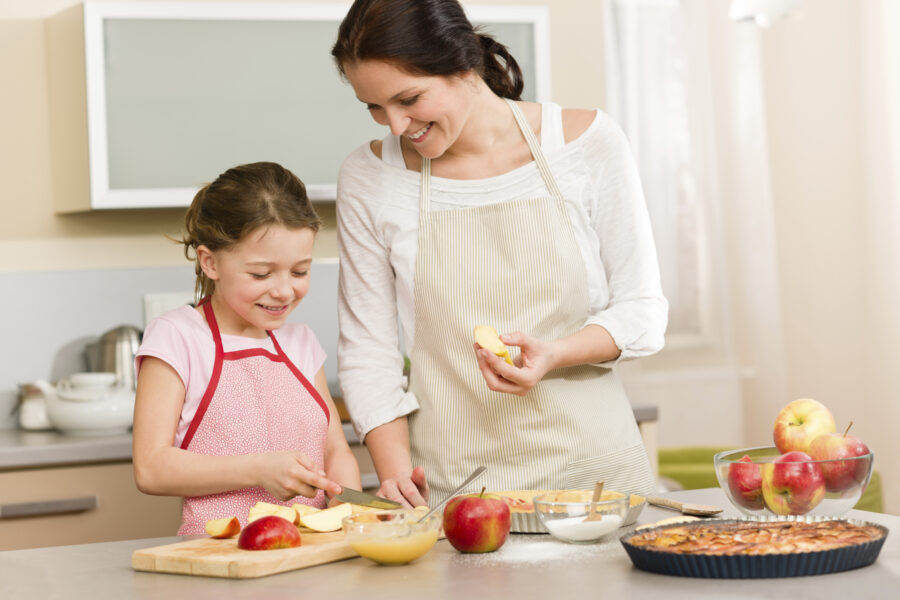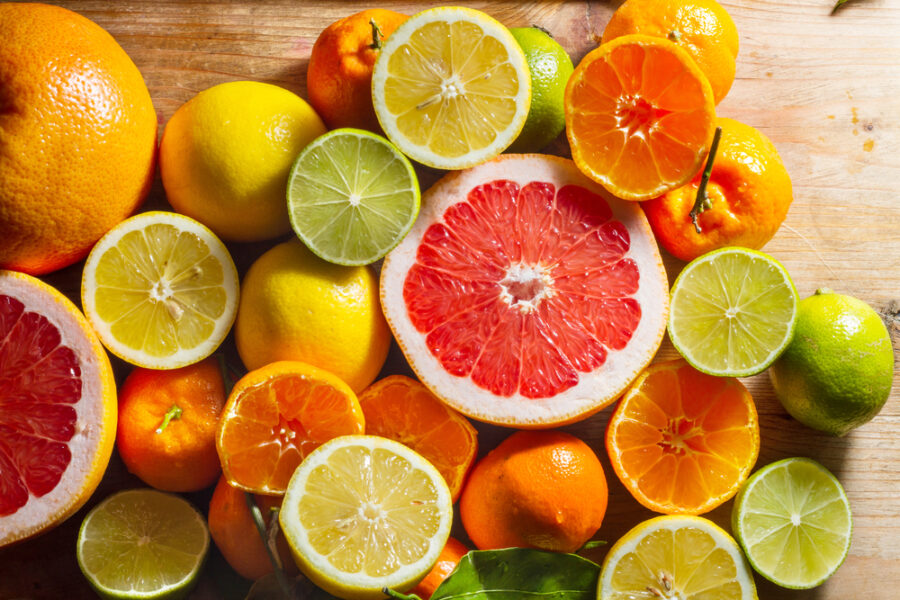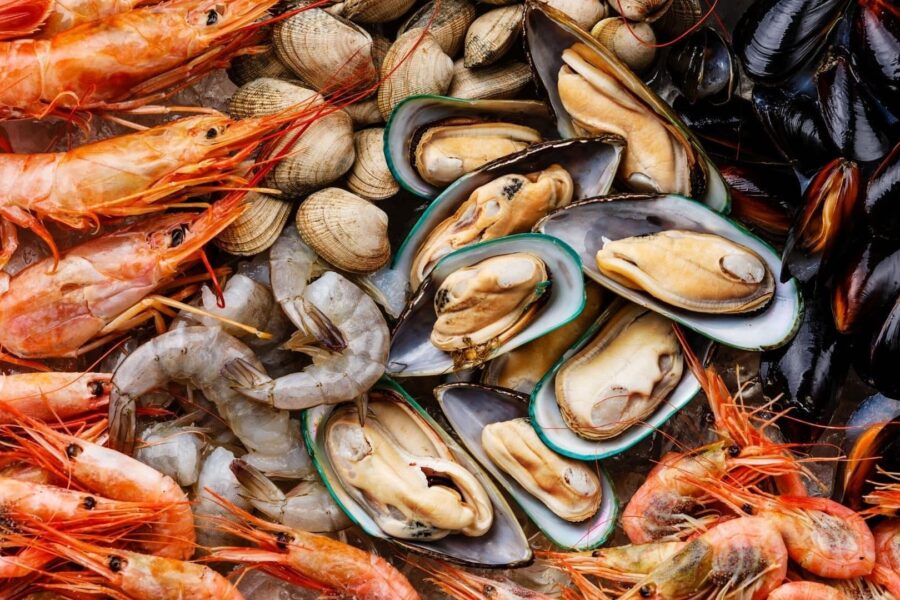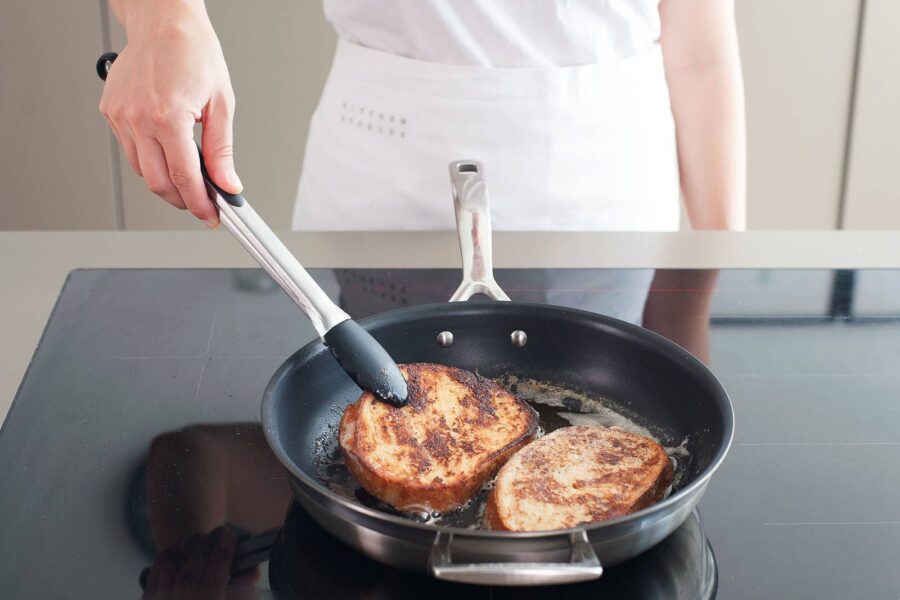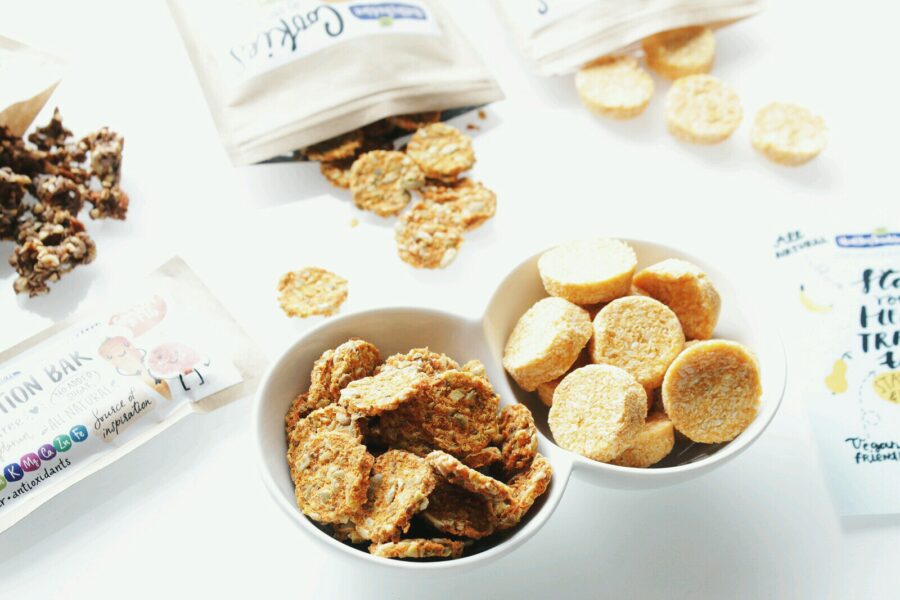Baking without gluten can be a challenging yet rewarding endeavor. Gluten, found in wheat, rye, and barley, gives traditional baked goods their characteristic texture. However, for those with celiac disease, gluten intolerance, or a preference for a gluten-free diet, mastering the art of gluten-free baking opens up a world of delicious possibilities. With the right techniques and ingredients, you can achieve delightful textures and flavors that rival their gluten-containing counterparts.
Choosing the Right Flour Blends
The key to successful gluten-free baking lies in the flour blend. Instead of wheat flour, use a mix of gluten-free flours like rice, almond, coconut, or buckwheat flour. Each flour brings its unique flavor and baking properties. Pre-made gluten-free flour blends are also available, formulated to mimic the properties of wheat flour. Look for blends that contain xanthan gum or guar gum, which help replicate gluten’s binding properties.
Hydration is Crucial
Gluten-free flours often require more moisture than wheat flour. Without adequate hydration, baked goods can turn out dry and crumbly. Increase the liquid content in your recipes, or add ingredients that naturally provide moisture, such as applesauce, yogurt, or mashed banana. This adjustment ensures a moist and tender texture in cakes, muffins, and bread.
Leavening and Structure
In gluten-free baking, getting the right rise can be a challenge. Use a combination of baking powder and baking soda to help your baked goods rise and hold their structure. Eggs also play a vital role in providing structure and stability, so consider increasing the number of eggs in your recipe if the batter seems too loose or crumbly.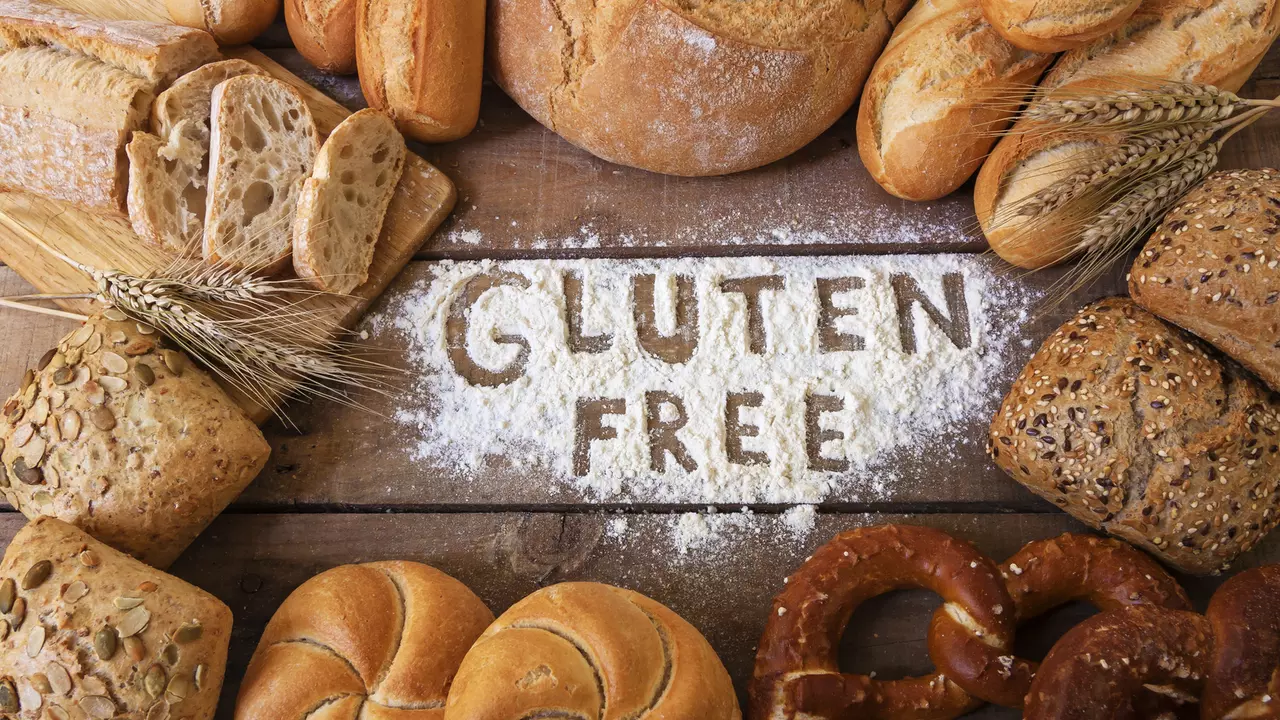
Resting the Batter or Dough
Allowing your batter or dough to rest before baking can significantly improve texture. This resting period gives the flours and gums time to absorb moisture and expand, leading to a better crumb structure and less grittiness in the final product.
Mind the Mixing
Over-mixing is a common issue in traditional baking, but in gluten-free baking, it’s less of a concern. Without gluten, there’s no risk of developing too much elasticity, which can make baked goods tough. Mix thoroughly to ensure that all ingredients are well combined and that the gums are evenly distributed.
Experiment with Add-Ins
Gluten-free baked goods can benefit from additional ingredients for flavor and texture. Nuts, seeds, dried fruits, or chocolate chips can add interesting textures and flavors. Spices and extracts also enhance the taste and can mask any unfamiliar flavors from gluten-free flours.
Paying Attention to Oven Temperatures
Gluten-free baked goods often require different baking times and temperatures. They may bake quicker or need a lower temperature to prevent drying out. Keep a close eye on your oven and use a toothpick or cake tester to check for doneness.
Conclusion: A Deliciously Rewarding Journey
Gluten-free baking is a journey of experimentation and discovery. By understanding the unique properties of gluten-free ingredients and adjusting your techniques, you can create baked goods that are not only safe for those with gluten sensitivities but also deliciously satisfying for everyone. Whether you’re an experienced baker or just starting, the world of gluten-free baking is full of opportunities to delight and surprise with every bite.
